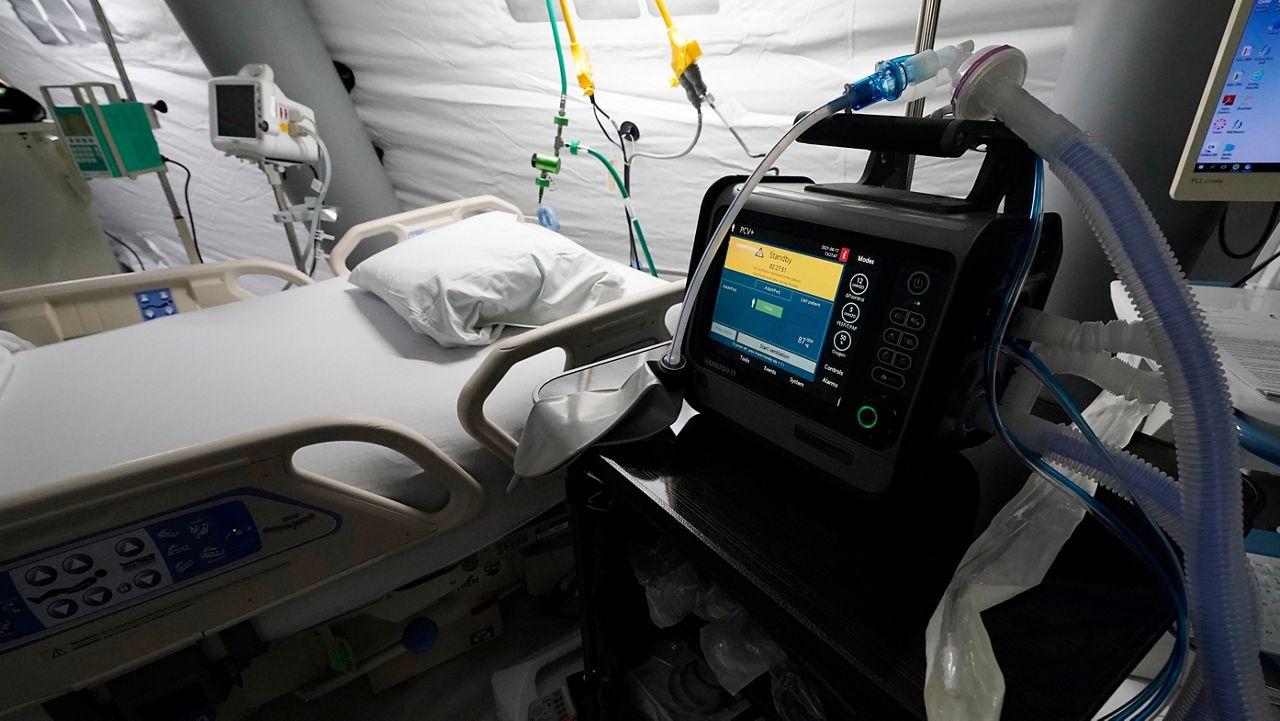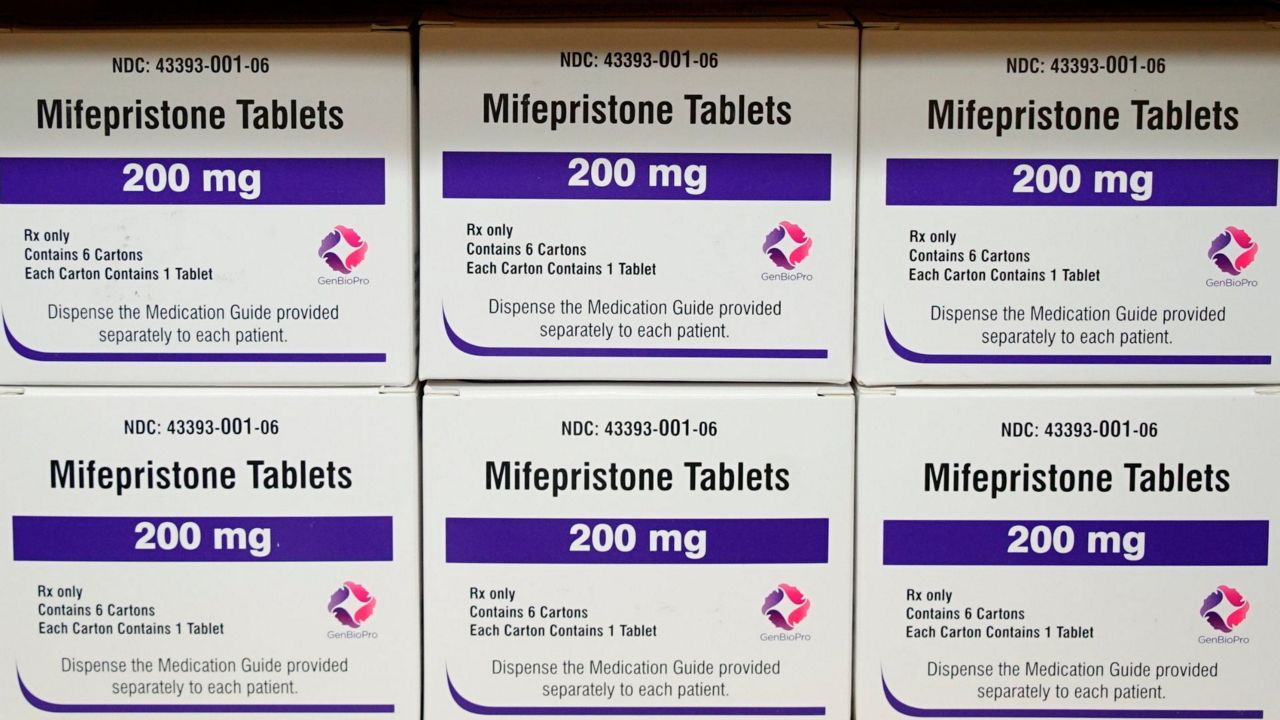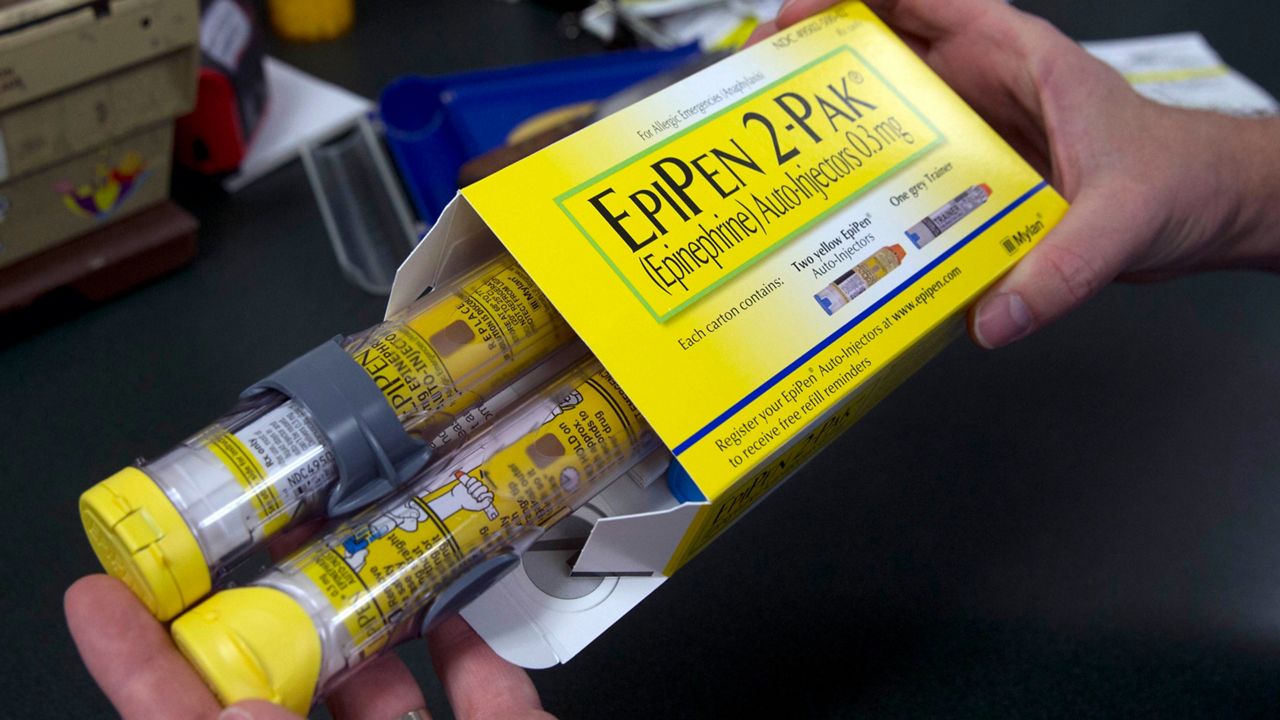The New York state Department of Health needs to do more to ensure maternal deaths and morbidity rates decline, according to an audit released Tuesday by state Comptroller Tom DiNapoli.
The audit found federal and state health data shows pregnancy-related health conditions and death rates have increased since a taskforce was established in 2018 to address maternal health and racial disparities.
“Despite New York’s efforts to reduce maternal deaths and pregnancy related health conditions, progress has stalled,” DiNapoli said in a statement. “The Department of Health needs to strengthen its oversight of policy initiatives and take steps to help ensure all mothers, regardless of race or ethnicity, have access to the highest level of care.”
According to Centers for Disease Control and Prevention estimates, maternal deaths increased up to 33% in New York between 2018 and 2021. According to DOH data, 78% of deaths during or after childbirth were preventable in 2018.
The audit said the DOH has not evaluated all of its maternal health programs, and so can’t measure whether its efforts have had a positive impact on maternal health or why the maternal death and morbidity rates are not improving.
Auditors reviewed 27 task force, board and work group recommendations and found that the DOH implemented 17 and partially implemented or did not implement 10. Recommendations not implemented included:
- promoting universal birth preparedness and postpartum continuity of care
- creating competency-based curricula for providers as well as medical and nursing schools
- implementing a maternity medical home model of care and convening a multi-stakeholder group to develop standard guidance about additional psychosocial services and coordination of care
The DOH has implemented some recommendations like improved access to telehealth and increasing community resources to help support high-risk mothers.
The audit also found the DOH has not done enough to ensure it will meet the goals of lowering severe morbidities. In New York in 2018, the overall severe morbidity rate for Black women was 2.3 times higher than for white women.
DiNapoli recommended the DOH develop a process to monitor and evaluate programs, analyze severe morbidity data and increase outreach and collaboration efforts with birthing hospitals.
DiNapoli said DOH officials generally agreed with the audit’s recommendations and indicated comprehensive actions they will take to implement them.
Luke Parsnow - New York State Politics Digital Content Producer
Luke Parsnow is the New York state politics digital content writer and producer at Spectrum News 1. He is an award-winning writer and political columnist and previously worked for CNYCentral in Syracuse and The Post-Star in Glens Falls, New York.








